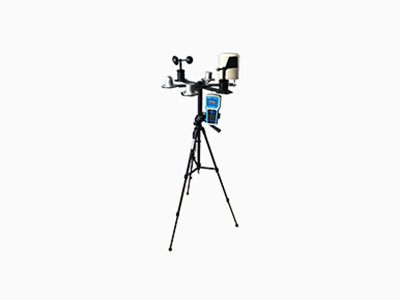With the advent of technology, monitoring the weather has become easier and more accurate. Gone are the days of manually recording temperature, humidity, and other weather parameters. Today, we have wireless weather station that transmit real-time weather data to our smartphones, tablets, or computers. Let’s explore the benefits and features of this innovative technology.
What is a Wireless Weather Station?

A wireless weather station is a sophisticated device that gauges various weather parameters such as temperature, humidity, barometric pressure, and more. It features a sensor array that collects the data and a wireless transmitter that sends the information to a receiver or hub. From there, the data can be viewed on a display or transmitted to remote locations via the internet.
Features of a Wireless Weather Station
Real-Time Monitoring: Wireless weather station provide real-time data, enabling users to stay informed about changing weather conditions.

Portability: These stations are designed to be mobile, often featuring a compact size and foldable design for easy transportation and storage.
Long-Range Monitoring: Some wireless weather stations have the ability to monitor conditions up to several hundred feet away, making it possible to track weather conditions in multiple locations.
Sensitivity: These stations are typically equipped with sensors that are highly accurate and sensitive, ensuring reliable and consistent data collection.
Connectivity: Many wireless weather stations feature Bluetooth or Wi-Fi capabilities that allow users to pair the device with their smartphones, tablets, or computers for easy data access and sharing.
Battery Life: Many wireless weather stations are powered by long-lasting batteries, allowing for months of use between charges.
Programmable Alerts: Many stations allow users to set alerts for specific weather conditions, such as rain, high winds, or extreme temperatures.
Common Uses for Wireless Weather Stations
Home Use: Families can use wireless weather stations to stay informed about outdoor weather conditions, which is helpful for planning activities or making decisions about what to wear outside.

Agricultural Applications: Farmers and growers can use wireless weather stations to track temperature, humidity, and other critical weather parameters that affect their crops.
Marine Usage: Boat owners and fishermen can benefit from using wireless weather stations to monitor wind speed, waves, and other ocean conditions that impact safe navigation and fishing conditions.
Meteorological Research: Meteorologists and weather enthusiasts can use wireless weather stations for collecting data to support their research and observations.
Environment Monitoring: Governments, utilities, and other organizations can deploy wireless weather stations to monitor environmental conditions in critical infrastructure projects or remote locations.
In conclusion, wireless weather stations have transformed the way we monitor and make decisions based on weather conditions. With real-time data, portability, long-range monitoring capabilities, sensitivity, connectivity, battery life, and programmable alerts, these stations have a wide range of applications for home, agricultural, marine, research, and environmental monitoring purposes.
